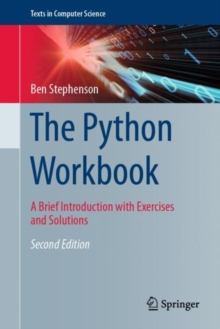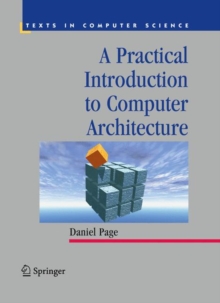
Guide to Discrete Mathematics : An Accessible Introduction to the History, Theory, Logic and Applications Paperback / softback
by Gerard O'Regan
Part of the Texts in Computer Science series
Paperback / softback
Description
This stimulating textbook presents a broad and accessible guide to the fundamentals of discrete mathematics, highlighting how the techniques may be applied to various exciting areas in computing.
The text is designed to motivate and inspire the reader, encouraging further study in this important skill. Features: This book provides an introduction to the building blocks of discrete mathematics, including sets, relations and functions; describes the basics of number theory, the techniques of induction and recursion, and the applications of mathematical sequences, series, permutations, and combinations; presents the essentials of algebra; explains the fundamentals of automata theory, matrices, graph theory, cryptography, coding theory, language theory, and the concepts of computability and decidability; reviews the history of logic, discussing propositional and predicate logic, as well as advanced topics such as the nature of theorem proving; examines the field of software engineering, including software reliability and dependability and describes formal methods; investigates probability and statistics and presents an overview of operations research and financial mathematics.
Information
-
Available to Order - This title is available to order, with delivery expected within 2 weeks
- Format:Paperback / softback
- Pages:452 pages, 64 Illustrations, color; 114 Illustrations, black and white; XXI, 452 p. 178 illus., 64 i
- Publisher:Springer Nature Switzerland AG
- Publication Date:29/10/2022
- Category:
- ISBN:9783030815905
Other Formats
- Hardback from £27.99
- PDF from £33.99
- Paperback / softback from £39.99
Information
-
Available to Order - This title is available to order, with delivery expected within 2 weeks
- Format:Paperback / softback
- Pages:452 pages, 64 Illustrations, color; 114 Illustrations, black and white; XXI, 452 p. 178 illus., 64 i
- Publisher:Springer Nature Switzerland AG
- Publication Date:29/10/2022
- Category:
- ISBN:9783030815905










